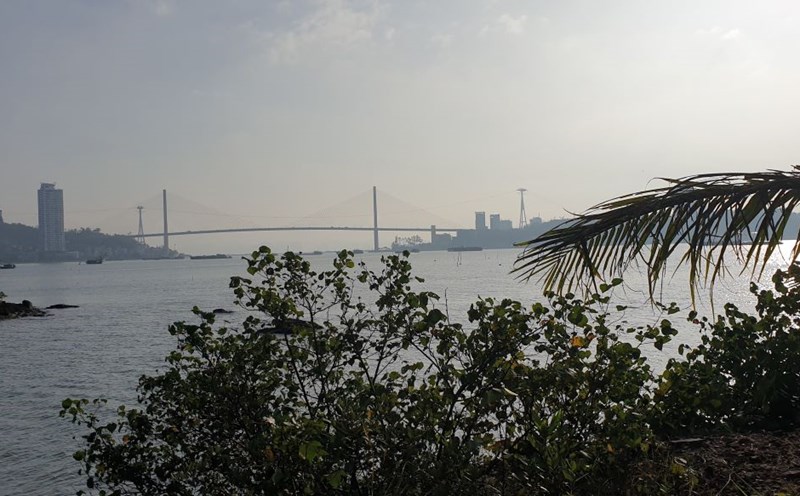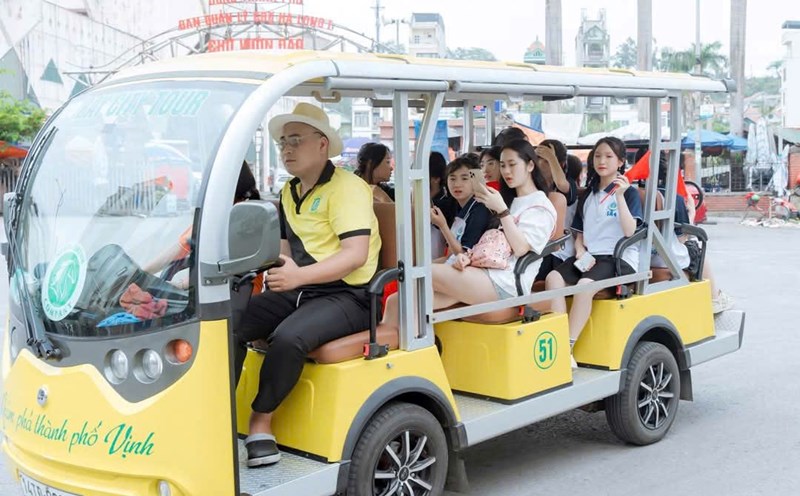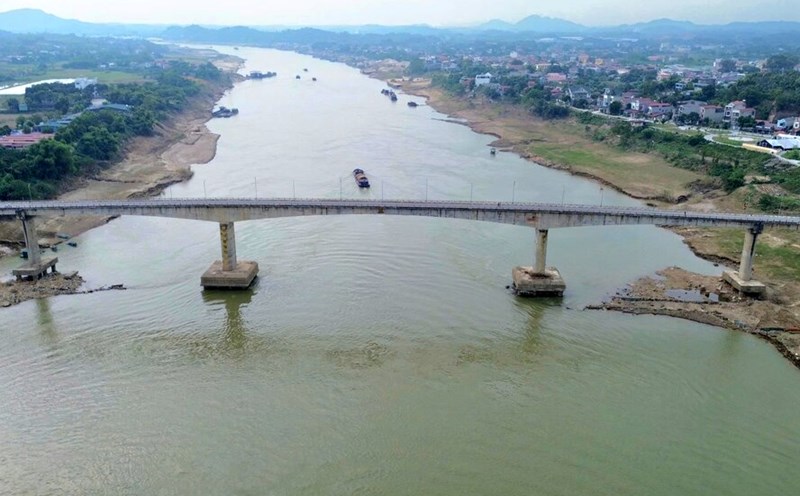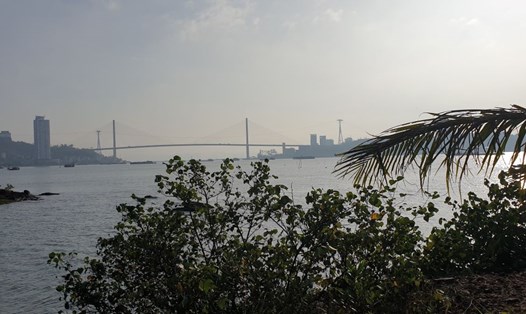According to the professional agency, hair parasicus (Cryptocaryon sp) is a parasite that damages the skin, skin, armpits and ankles.
When strong parasites are in the mangrove, they destroy the mangrove fin, obstructing breathing, causing the fish to breathe quickly and can die from suffocation.
The open wounds caused by parasites also create conditions for bacteria and fungi to Invent, causing fish to suffer ulcers, death, ill-eating, 03, swimming in a mist, separating flocks and possibly dying in large numbers after 3-7 days.

Cau Tien area, Van Don Special Zone currently has about 25 marine fish farming facilities (mainly catfish, yellow-rumped bird, and perch), with 30-70 cages/house (each cage is 3x3m in size).
From October 13 to 21, 2025, many farming households discovered mass fish deaths, mainly yellow-cheeked parrot and bird; some facilities suffered damage of up to 90%.
The dead yellow-throated bird weighed 0.2-0.3kg/fish (3-4 months old), and the caught weighed 1-3kg/fish. Most of the facilities do not have documents about the origin of the breed.
According to information from the Department of Animal Husbandry and Veterinary Medicine of Quang Ninh province, on October 17, 2025, the Department took 3 yellow-rooted bird samples for testing for neuropathy (VNN), the results of all 3 samples were negative.
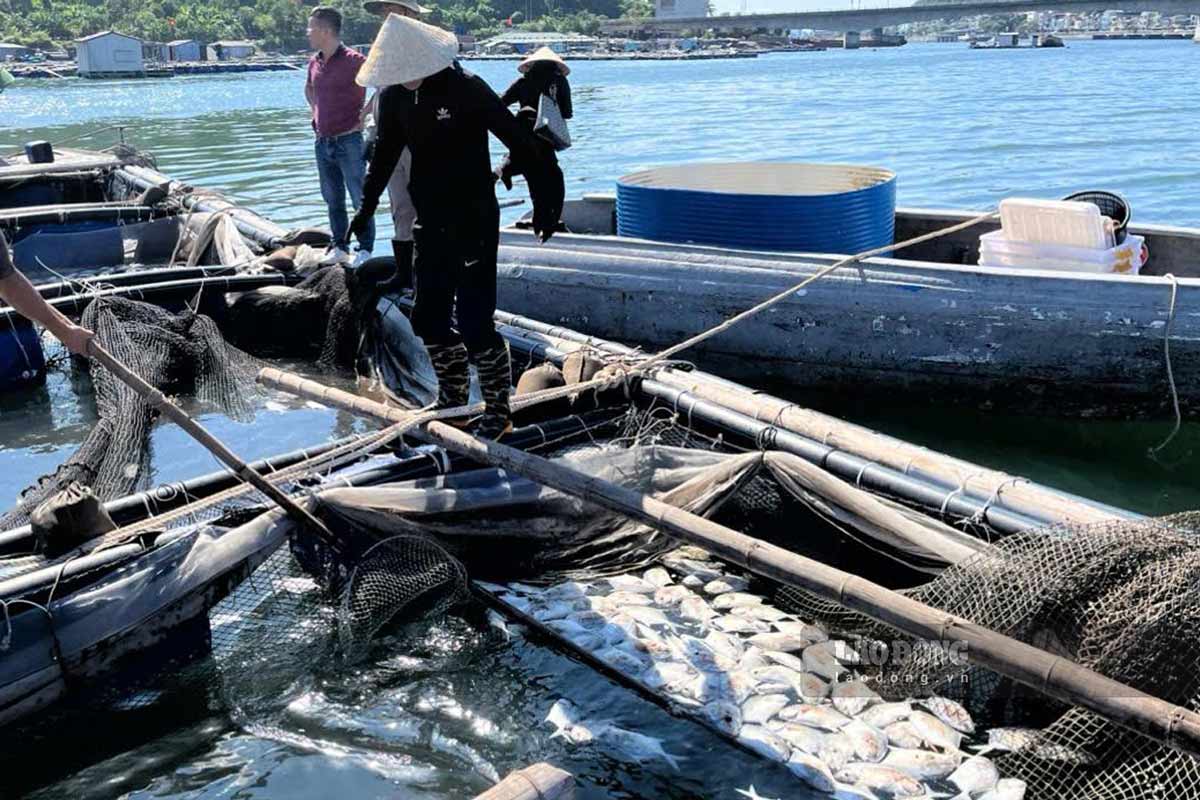
On October 21, 2025, 3 more samples (2 pair fish, 1 yellow-throated bird) were taken, the results of 3/3 samples were negative for VNN disease.
On October 22, 2025, additional tests by the Northern Center for Environmental Monitoring and Aquaculture Diseases (Institute for Aquaculture Research) detected phagoccharyon sp on fish samples.
Based on the results of testing and actual developments, the Department of Animal Husbandry and Veterinary Medicine of the province requested the Economic, Infrastructure and Urban Area of Van Don Special Zone to inform the results of disease monitoring to aquaculture facilities in the area, count the damage, continue to monitor the developments of the epidemic and the quality of the water environment, provide technical support to farmers to limit the risk of disease spread.
Recommend aquaculture households and harvest fish to reach commercial size to reduce damage. Collect and destroy fish carcasses in accordance with regulations to avoid water pollution.
Cage soap and antibacterial utensils are allowed to be used. Only release the seeds when the water quality is guaranteed. Buy seeds from a licensed facility with a certificate of origin and quarantine.
Limit the use of herring as food, supplement vitamins and minerals to increase fish resistance during the changing seasons. Immediately report to the professional agency when detecting abnormalities.


